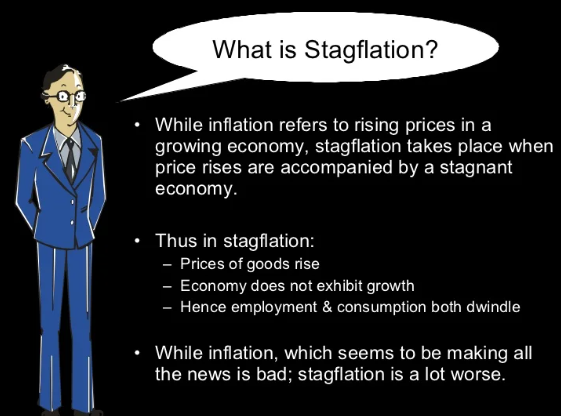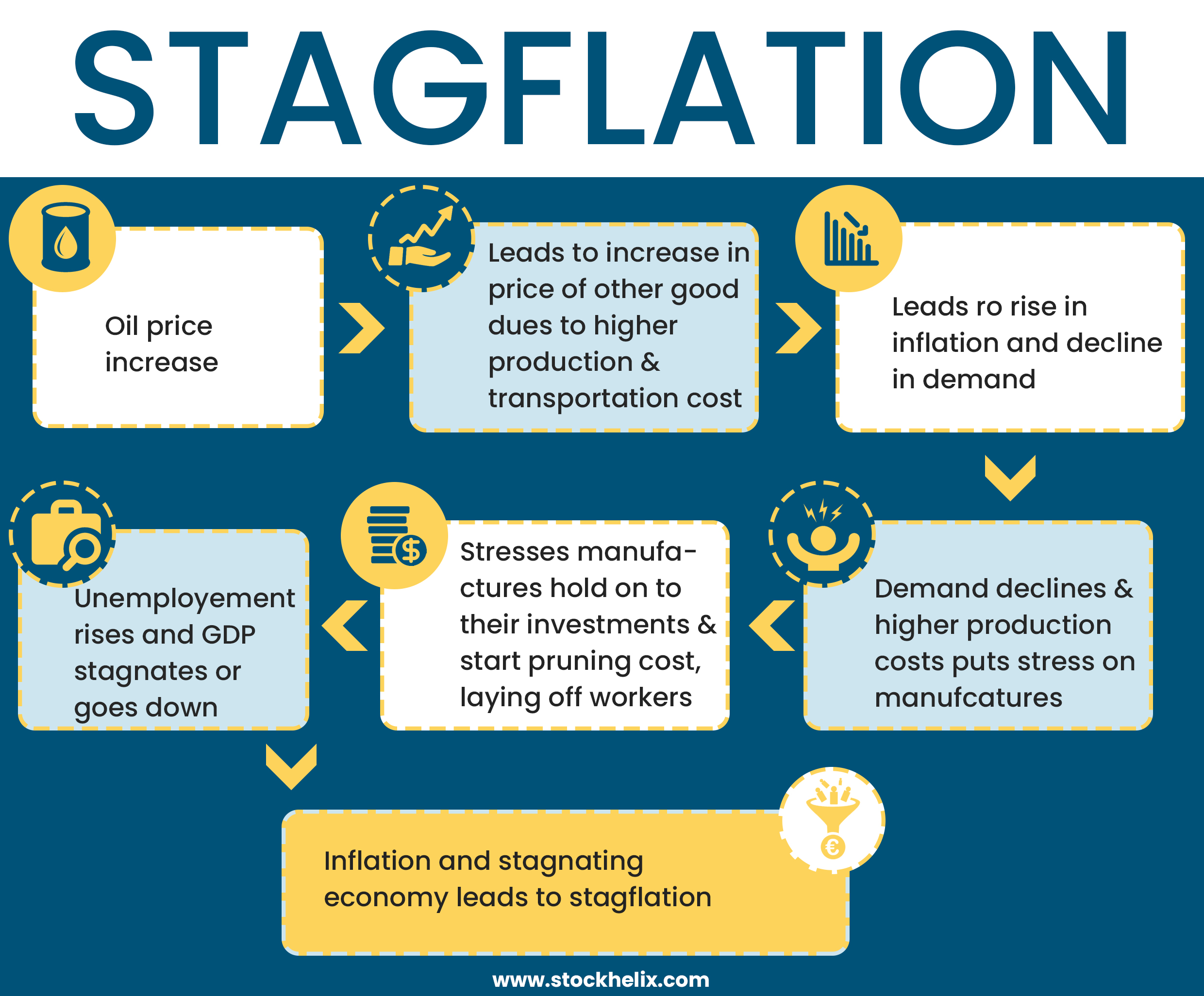Which Factors Would Be Mentioned in an Accurate Description of Stagflation? Check All That Apply.
Stagflation is an economic phenomenon characterized by a combination of stagnant economic growth, high unemployment rates, and high inflation. It is a challenging situation for policymakers and can have significant impacts on individuals and businesses. In this article, we will explore the various factors that are typically mentioned in an accurate description of stagflation.

What is the stagflation
1. Slow Economic Growth
One of the key factors of stagflation is slow economic growth.
This refers to a period when the overall economic output, such as the Gross Domestic Product (GDP), experiences a decline or minimal growth.
Stagflation is often marked by a prolonged period of sluggish economic activity, with reduced consumer spending and business investment.
2. High Unemployment Rates
Another critical factor associated with stagflation is high unemployment rates.
During stagflation, the job market tends to be weak, leading to a significant number of individuals being unemployed or underemployed.
The lack of job opportunities can further exacerbate the economic slowdown and contribute to the overall stagnation of the economy.
3. High Inflation
Inflation is a significant component of stagflation.
Unlike typical economic scenarios, where inflation tends to accompany economic growth, stagflation is characterized by high inflation rates despite the stagnant or slow economic activity.
This means that prices of goods and services rise at a rapid pace, eroding the purchasing power of consumers and causing financial strain.
4. Supply-Side Shocks
Stagflation often arises from supply-side shocks, which are unexpected events that disrupt the production and supply of goods and services.
These shocks can include factors such as sudden increases in energy prices, disruptions in key industries, or supply chain disruptions.
Supply-side shocks can have a significant impact on the economy, leading to reduced productivity, higher production costs, and ultimately contributing to stagflation.
5. Wage-Price Spiral
The wage-price spiral is a phenomenon often observed in stagflation. It refers to a situation where rising wages lead to higher production costs for businesses, which, in turn, are passed on to consumers through increased prices. As consumers face higher prices, they demand higher wages to maintain their purchasing power, further fueling the cycle of inflation and wage increases.
6. Government Policies and Monetary Factors
Government policies and monetary factors can also play a role in the development and persistence of stagflation. In some cases, expansionary fiscal policies or loose monetary policies aimed at stimulating economic growth can contribute to inflationary pressures. Additionally, ineffective or misguided policy responses to the economic challenges can exacerbate the stagflationary conditions.

Information about Stagflation
Stagflation is a complex economic phenomenon characterized by a combination of slow economic growth, high unemployment rates, and high inflation. Accurately describing stagflation requires mentioning factors such as slow economic growth, high unemployment rates, high inflation, supply-side shocks, the wage-price spiral, and the influence of government policies and monetary factors. Understanding these factors is crucial in addressing and managing stagflation to mitigate its adverse effects on individuals, businesses, and the overall economy.